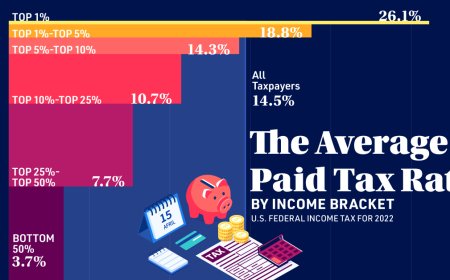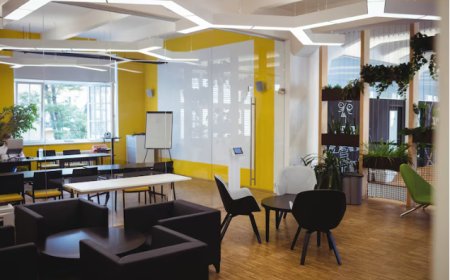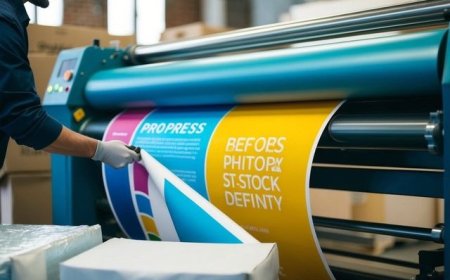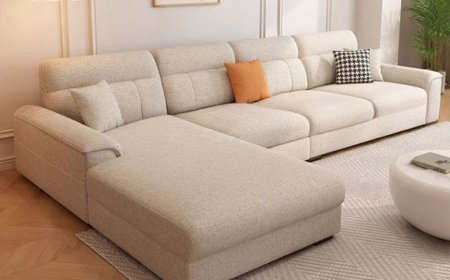Understanding the Importance of Office Table Design in the Modern Workspace
The modern workspace is no longer confined to plain and dull furniture. The evolution of workplace environments has brought a significant shift toward ergonomic and aesthetic elements, and office table design is now a central focus. Companies around the globe have realized that furniture is more than just a functional asset; it influences productivity, employee satisfaction, and brand image. An office table is not just a surface to place a laptop; its a command center for creativity, collaboration, and comfort. From sleek executive desks to modular workstations, the role of office table design has become vital in creating efficient office layouts. An ideal office table design should merge functionality with visual appeal, ensuring that employees feel motivated and comfortable throughout their workday.
Features to Consider When Selecting an Office Table Design
When it comes to selecting the right office table, there are several critical features that businesses and individuals must consider. First and foremost is ergonomics. A well-designed office table should reduce physical strain and support healthy posture. This includes the right height, appropriate legroom, and space for movement. Additionally, the material used plays a significant role in determining durability and maintenance needs. Wood, metal, and engineered boards are commonly used materials, each offering a unique blend of aesthetic and structural qualities. Storage options like drawers and cable management systems are another vital component of a functional design. Furthermore, the style of the office table should match the overall office ambiance. Whether you are opting for a minimalist, industrial, or contemporary office table design, it should align with your brand's character and the needs of your staff.
Trending Office Table Designs That Combine Form and Function
Trends in office table design have shifted towards smart integration, eco-friendliness, and flexibility. One of the leading trends is sit-stand desks, allowing users to alternate between sitting and standing to promote better posture and circulation. Another trend is modular tables that can be rearranged easily, suitable for collaborative and open-space environments. Minimalist designs with clean lines and neutral tones continue to gain popularity for their timeless appeal. In contrast, industrial office table designs featuring raw wood and metal frames cater to modern, urban office themes. Designers are also incorporating cable routing channels, built-in charging ports, and under-desk storage units, blending technology and utility. With remote and hybrid work models becoming the norm, compact and foldable office tables have become trendy, especially for home office setups. These evolving trends reflect how office table design is adapting to new ways of working.
Custom Office Tables for Unique Workspaces
Every workspace has its own set of requirements, and thats where custom office tables come in. A custom office table design can address specific needs like unique room dimensions, employee work habits, or branding aesthetics. For instance, an architects table might include a larger surface area and built-in drawing storage, while a customer service desk may need segmented storage and ergonomic armrests. Custom tables can also incorporate branding elements such as company colors, logos, or special finishes. In addition, modern customization options allow for sustainable materials, anti-bacterial surfaces, and adaptive height settings. Businesses investing in custom office table designs not only create a better physical work environment but also send a message about their commitment to employee well-being and innovative design. This strategy often enhances brand loyalty and helps in talent retention by building an engaging office culture.
Office Table Design for Different Work Roles and Functions
Different departments require different office table features. For example, the needs of an executive are different from those of a designer or a salesperson. An executive office table design is typically larger, offering a bold aesthetic and plenty of drawer space. It often features high-end finishes and leather details to reflect status. On the other hand, an office table for a creative professional like a graphic designer might have a broader surface and slots for tablets or dual monitors. Sales personnel benefit from smaller, mobile-friendly office tables that can be moved easily during presentations. Shared spaces like co-working desks or hot desks require flexible designs that accommodate multiple users. Its crucial for employers to assess the nature of the work and then choose an office table design that best fits the users role. This level of personalization can significantly improve both performance and employee satisfaction.
The Role of Office Table Design in Employee Wellness
Office table design is intricately linked to employee wellness, both physically and mentally. A poorly designed table can lead to posture problems, repetitive strain injuries, and fatigue. Ergonomic office tables with proper height adjustment, footrests, and curved edges help reduce stress on joints and muscles. Beyond physical health, the aesthetic and layout of office furniture also contribute to mental well-being. A clean, organized desk fosters focus and minimizes distractions, while cluttered workspaces can elevate stress levels. Bright, natural finishes in table design promote a pleasant work environment, improving mood and energy. Incorporating biophilic elements such as plant holders or wood textures also supports mental clarity and emotional comfort. An investment in well-thought-out office table design is, therefore, an investment in the long-term wellness and productivity of your workforce.
Choosing the Right Office Table for Home Offices
The rise of remote work has turned home offices into an essential part of the professional environment. Choosing the right office table for a home setup requires special attention. Unlike corporate offices, home spaces are limited, so compactness and functionality are key. The ideal home office table should blend with the existing interior while offering ergonomic features. Wall-mounted foldable desks are great for saving space, while corner desks utilize awkward room angles effectively. For those working long hours, sit-stand tables with electric height adjustment are worth considering. In homes with children or pets, durability and easy maintenance are also important. A well-designed office table ensures that working from home does not compromise on productivity or comfort. It can transform any room into a focused workspace, helping maintain a healthy work-life balance.
Final Thoughts on Investing in High-Quality Office Table Design
An office table is more than a piece of furnitureit is the foundation of a productive workspace. Whether in a corporate setting or a home office, the right office table design impacts workflow, creativity, and well-being. With countless options available, from ergonomic to minimalist, custom to compact, businesses and individuals must prioritize both function and aesthetics. The rise in smart designs and adaptable furniture also shows that future-ready office environments will be those that embrace innovation in every element, including the humble table. In conclusion, if you are looking to create a workspace that enhances both comfort and productivity, choosing the perfect office table is the first step.




































